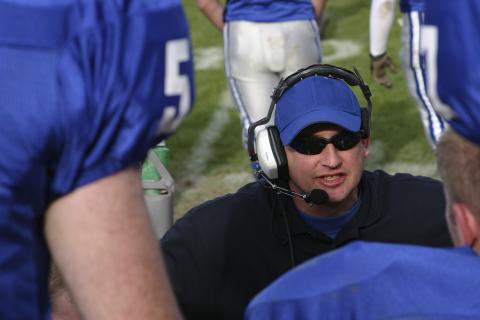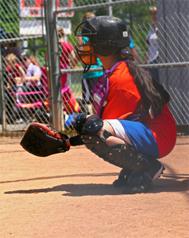The information on these pages will help everyone—from the student to the school administrator—recognize a concussion and know how to manage it effectively.
This guide to Oregon’s concussion laws is dedicated to Max Conradt, Jenna Sneva, and all youth athletes. We encourage all children to enjoy the physical, mental, and social benefits that come with sports competition.
Sports injuries will happen. These laws help ensure that when injury occurs, schools and youth sports organizations are ready to respond appropriately.
Please use the navigation menu on the right to find your way!
To learn more about Oregon's Concussion Awareness and Management Program download the report below.
Oregon Concussion Awareness and Management Program Members:
James C. Chesnutt, MD, Medical Director, Oregon Health and Science University Sports Medicine;
Assistant Professor, Departments of Orthopaedics and Rehabilitation and Family Medicine
Ann Glang, PhD, Director, Center on Brain Injury Research and Training
Marlee Hanson, ATC, South Eugene High School
Sue Hayes, MS, SLP, Regional TBI Liaison, High Desert ESD
Michael C. Koester, MD, ATC, Chair, NFHS Sports Medicine Advisory Committee; Chair, OSAA Medical Aspects of Sports Committee; Slocum Center for Orthopedics and Sports Medicine
David Kracke, JD, Attorney at Law, Nichols & Associates, TBI Policy and Legislative Specialist, Portland, Oregon
Nancy Loss, PhD, Child Neuropsychology PC
Sondra Marshall, PhD, Licensed Psychologist, St. Charles Medical Center
Melissa McCart, DEd, Oregon TBI Education Coordinator, Center on Brain Injury Research and Training
Peter Weber, Executive Director, Oregon School Activities Association
Vivian Ulgalde, MD, The Center Orthopedic & Neurosurgical Care & Research
Please direct all questions and requests for more information to:
Melissa McCart
The Center on Brain Injury Research and Training
TBI Teams Project Coordinator
541-346-0597 or 877-872-7246
mccartm@cbirt.org
In partnership with the Oregon School Activities Association (OSAA).
The materials available at this web site represent current best practices and are for informational purposes only and not for the purpose of providing legal or medical advice. They are intended to provide a starting point that should be vetted by legal and medical professionals. You should contact your attorney to obtain advice with respect to any particular issue or problem. Use of and access to this web site or any of the e-mail or other links contained within the site do not create an attorney-client relationship between CBIRT or its partners and the user or browser. The opinions expressed at or through this site are the opinions of the individual author and may not reflect the opinions of CBIRT or any individual partner, member, officer, or director of CBIRT.




